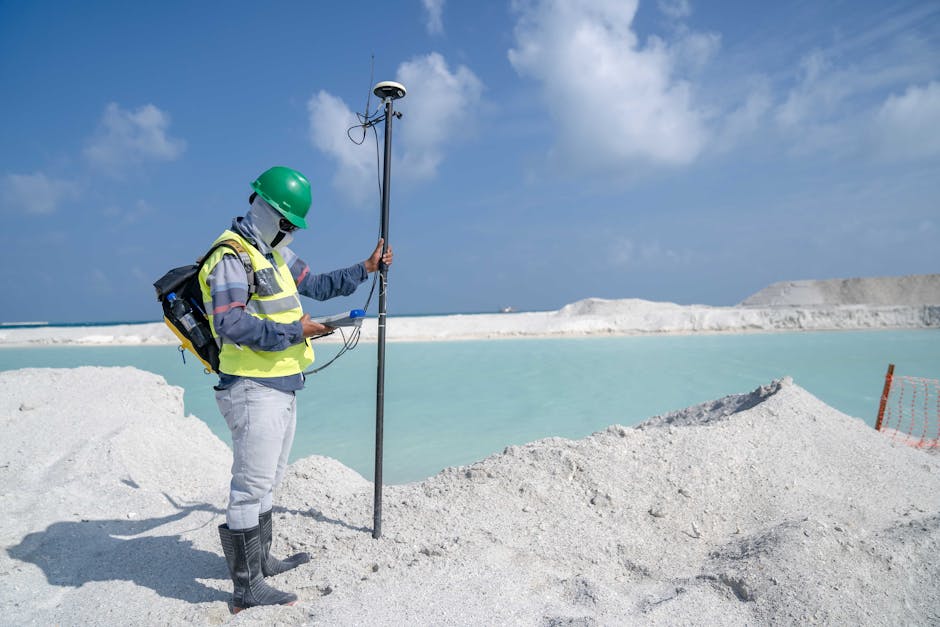
How Physiological Responses Are Measured in Polygraphs
Polygraphs, commonly known as lie detectors, have been a topic of intrigue and controversy for many years. These devices are often depicted in movies and TV shows as the ultimate truth-revealing machine. But how do they actually work? This blog post delves into the science behind polygraphs, focusing on how physiological responses are measured to determine truthfulness. Whether you’re a student, researcher, or just curious about the topic, this post will provide you with a comprehensive understanding of the subject.
What is a Polygraph?
A polygraph is an instrument used to measure and record several physiological responses simultaneously. These responses include heart rate, blood pressure, respiration, and skin conductivity. The underlying principle is that these physiological markers change when a person is being deceptive. Polygraphs are often used in criminal investigations, pre-employment screenings, and security clearance processes.
Key Physiological Responses Measured
Polygraphs focus on four main physiological responses:
1. Heart Rate
The heart rate is a critical indicator of stress and anxiety, which can be heightened during deception. Electrodes are placed on the chest or fingertips to measure the heart rate accurately. According to a study by the National Institutes of Health, an increase in heart rate can be a reliable indicator of deceit (source).
2. Blood Pressure
Blood pressure is another vital sign that can indicate stress. A blood pressure cuff is typically placed around the upper arm to monitor changes. Elevated blood pressure can be a sign of nervousness or anxiety, which are often associated with lying. Research shows that blood pressure readings can be a useful metric for lie detection (source).
3. Respiration
Respiratory rate and pattern are also monitored during a polygraph test. Sensors are placed around the chest and abdomen to measure breathing. Irregularities in breathing can indicate that a person is under stress, which may suggest deceit. Studies have shown that changes in respiration are often linked to deceptive behavior (source).
4. Skin Conductivity
Skin conductivity, also known as galvanic skin response (GSR), measures the electrical conductance of the skin, which changes with perspiration. Electrodes are attached to the fingers to monitor this response. Increased perspiration can be a sign of stress or anxiety, making GSR a valuable metric in lie detection (source).
How Polygraph Tests Are Conducted
Pre-Test Phase
The polygraph test begins with a pre-test interview, where the examiner explains the procedure and asks preliminary questions. This phase helps to establish a baseline for the physiological responses of the individual.
In-Test Phase
During the in-test phase, the examiner asks a series of questions while the polygraph machine records the physiological responses. These questions are typically a mix of relevant, irrelevant, and control questions to gauge the person’s truthfulness accurately.
Post-Test Phase
The post-test phase involves analyzing the data collected during the in-test phase. The examiner reviews the physiological responses to determine if there are significant changes that indicate deception.
Accuracy and Reliability of Polygraphs
The accuracy of polygraph tests is a subject of ongoing debate. While some studies claim accuracy rates of up to 90%, others argue that the results can be influenced by various factors such as nervousness, medical conditions, or even the skill of the examiner. Therefore, polygraphs are not always admissible in court.
Actionable Tips for Undergoing a Polygraph Test
If you ever need to take a polygraph test, here are some tips to help you prepare:
1. Be Honest
The best way to pass a polygraph test is to tell the truth. Deceptive answers are more likely to cause physiological changes that the polygraph will detect.
2. Stay Calm
Try to remain as calm as possible during the test. Deep breathing and relaxation techniques can help manage stress and anxiety.
3. Understand the Questions
Make sure you fully understand each question before answering. If you’re unsure, ask the examiner for clarification.
Conclusion
Polygraphs are fascinating tools that measure various physiological responses to determine truthfulness. While they are not foolproof, they can provide valuable insights in various settings, from criminal investigations to pre-employment screenings. Understanding how these devices work can help demystify the process and prepare you for any future encounters with a polygraph test.
Whether you’re a professional in the field or just curious, we hope this blog post has provided you with a thorough understanding of how physiological responses are measured in polygraphs. Stay informed and stay curious!
